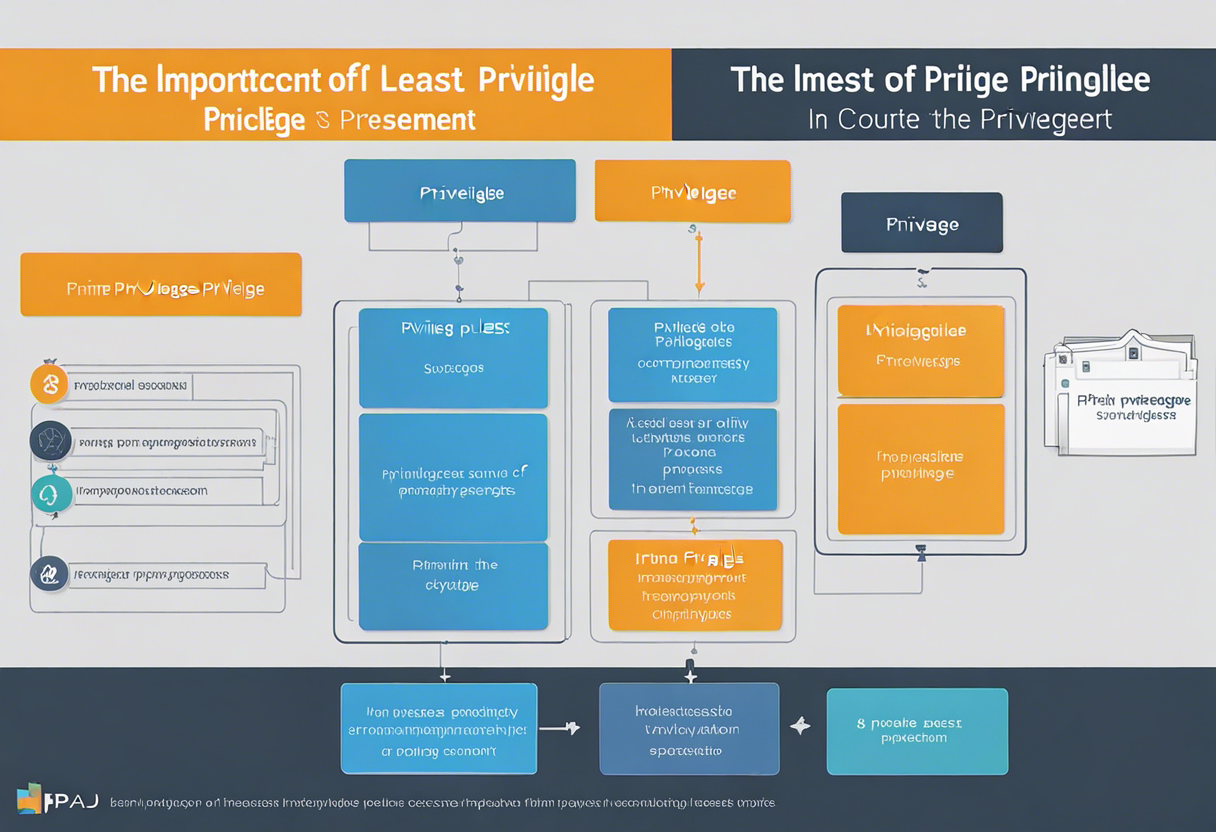Mastering the Art of Privilege Account Management: A Top 5 Guide to Unleashing Your Cyber Security Potential
To meaningfully unravel the tapestry of privilege account management, we need to first grasp its essence. Privilege account management (PAM) is a vital facet of cyber security, focusing on the oversight and operation of privileged user accounts. These high-level accounts have the power to make system-wide changes, hence posing a potential risk if compromised. By efficiently managing these accounts, organizations can significantly bolster their cyber security frameworks.
One of the key steps in PAM is identifying all privileged accounts within the system, which could be administrators, root users, or service accounts. Ensuring these accounts are meticulously inventoried provides a complete picture of the potential vulnerabilities in the cyber security ecosystem.
Once these accounts have been identified and grouped, implementing a strong password management system is crucial. Regularly changing and strengthening passwords drastically reduces the chances of breaches occurring - after all, an iron-clad lock is the first line of defence against intruders.
The Importance of Least Privilege Principle

Now, let's pivot our attention to the prime philosophy in privilege account management: the principle of least privilege (PoLP). This essential principle entails that every user, process, or system should have the least amount of privilege necessary to complete their tasks, and no more.
Limited access isn't just about keeping certain parties out. It's about making sure that the individuals who do have access within the system only receive the power they truly require.
This way, if a breach was to occur, the damages would be immediately limited, due to the encapsulated nature of each account's privileges. By implementing this principle organization-wide, you can prevent privilege escalation threats, further leveraging your cyber security potential.